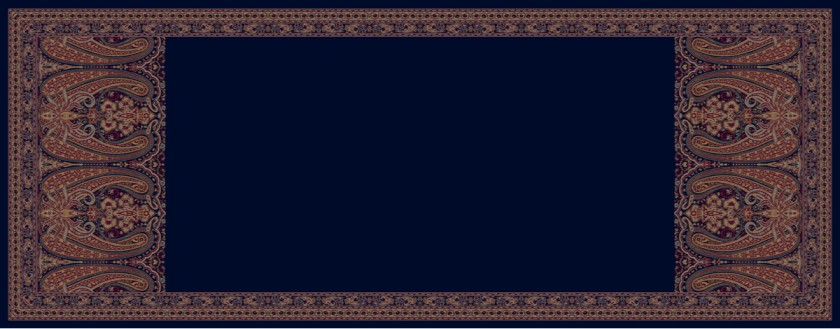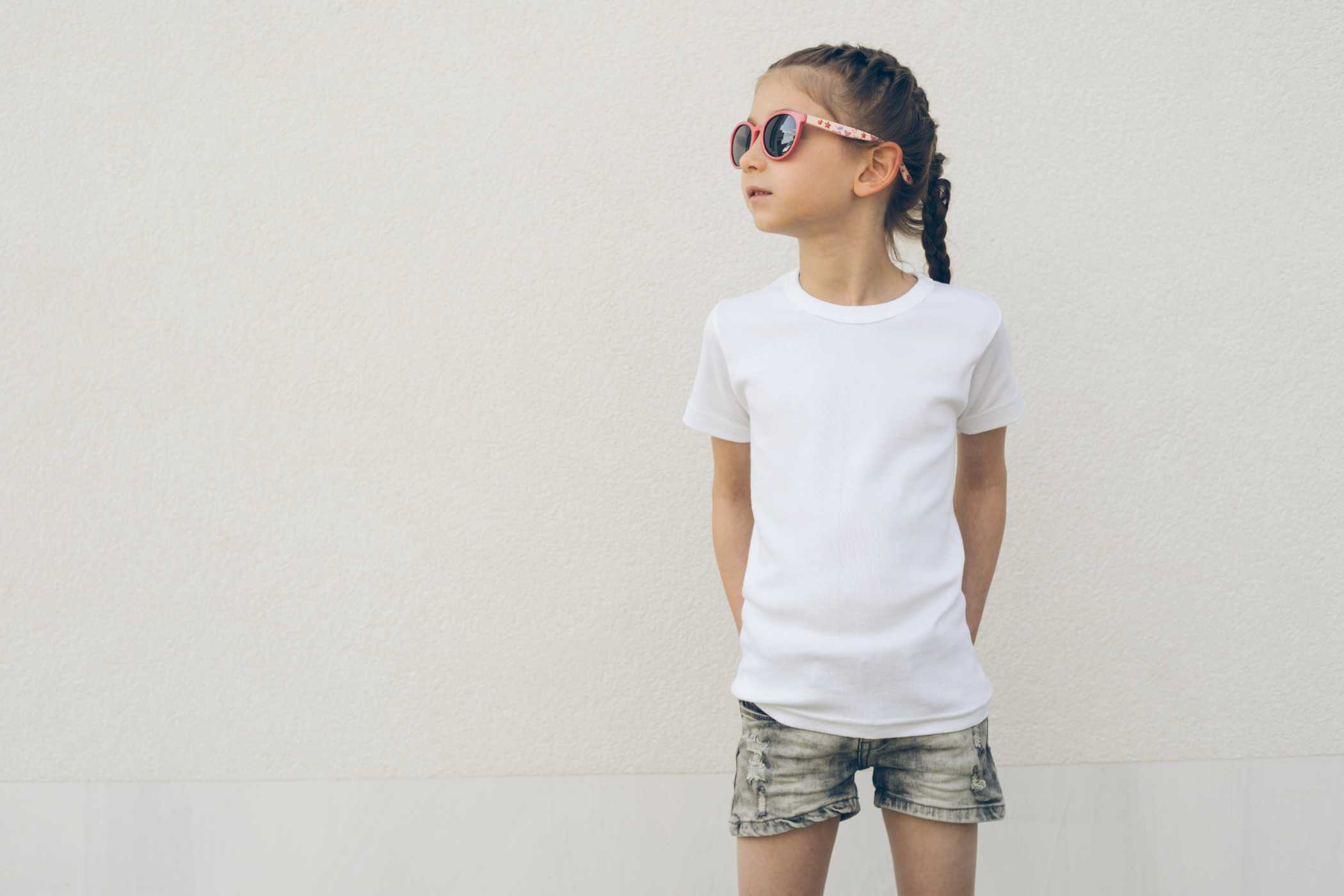Master Course on Textile Design: All You Need to Know



The world of textile design is unique and incredible with mesmerising hues, patterns, and prints everywhere. Students who have completed an undergraduate degree course in textile design, and are looking for more can move to master courses. This two-year full-time PG course can grant them a fuller, and in-depth grasp of the subject. So, what is a Master of Design?
To be precise, it is a degree that can help in increasing students' understanding of textiles and the designs and products that stem from them. Students will gain valuable insight into textile products and the designing process. That’s not all. They will also learn how to respond to market trends, demands, and the latest technologies. This course focuses more on creating confident decision-makers who can progress in the world of designing and production.
With an excellent understanding of aesthetics and colours, students can unlock doors to many lucrative career options. Please note that the benefits of pursuing Masters of Design extend beyond a career. Students will also gain insight that will aid them in discovering their style, identifying their passions, and becoming critical thinkers.
Keep reading on as we outline every essential aspect of the Master's course in textile design for aspiring students.
Eligibility Criteria
Please note that the eligibility criteria for M. Des can vary from university to university. But a general criterion is followed by all the universities.
Universities give preference to B. Des graduates for the M. Des course. But, students from a different stream who have the desired knowledge and skills can also apply for this course.
Entrance Exams

Many universities conduct entrance examinations to assess the knowledge and skills of the students applying for Masters in Textile Design. Here is a list of such universities and their entrance exams.
- NIFT Exam – The National Institute of Fashion Technology conducts an entrance exam every year to screen the students for various UG and PG Design courses.
- SOFT Entrance Exam – Students who want to learn the nuances of textile designing from the School of Fashion Technology should appear for their yearly entrance exam. They can get all the details on the official website of the institute.
- AIEED – All India Entrance Examination for Design is a national level entrance exam. This exam is conducted by the ARCH Academy of Design. Selected students can get an opportunity to apply for both UG and PG design courses.
- NID DAT – The National Institute of Design and Design Aptitude Test are two different textile designing entrance exams. These are national level entrance tests that offer admission in the 4-year Bachelor of Design program and Masters of Designs programs.
Skills Required to Become a Success Textile Designer
Students who wish to have a successful career graph in textile designing must possess the following skills and traits:
- Excellent knowledge of textures, colours, fabrics, and shades
- An eye for detail
- Fashion consciousness
- The creative and artistic inclination
- A keen interest in textiles and fashion along with an excellent hold on current trends and materials.
- Knowledge of CAD – Computer-aided design
- Inclination towards learning sketching and illustration
- Brilliant communication skills
- Outstanding imagination and creativity
- Excellent problem-solving skills
- Should be innovative and open to trying new ideas
Scope of Textile Design

The textile industry in India expects to attract investments of around $120 billion by 2025. Apart from this, companies also plan to create 35 million new jobs in the coming years. Moreover, exports are also projected to rise from $39 billion to $300 billion by 2025. Experts call it the beginning of the Golden Era of the Indian textile industry.
Students who want to make their career around textile designing have unlimited opportunities to shine in India or abroad. Many domestic and international brands look forward to hiring dynamic textile designers in their organisations.
With the latest trends coming up many major developments are expected to happen in the coming years. Students can join the fashion industry, freelance designing, fabric manufacturing, interior furnishing, apparel merchandising, and printing industry after completing their Master's course.
Careers in Textile Design
Here are the top career options for the students who have completed their Master’s in Textile Design.
- Textile Designer – It is one of the most popular career options for dynamic and highly creative textile graduates. Textile designers are responsible for working on linen, fabric, and rug designs. Apart from this, they will also design yarns, prints, and trims. Both interior designing companies and fashion brands hire textile graduates for this role. Graduates can expect a starting annual salary in the range of 4 to 5 lacs in this profile.
- Fashion Designer – The profile of a Fashion Designer is highly versatile and comprehensive. They are responsible for handling everything from initiation to styling. Apart from this, fashion designers also conduct market research, analyse current trends, and introduce fresh ideas. Moreover, they are also an integral part of the production process. They work with various departments to ensure the best outcome within the desired time limit. Considering the wide range of job responsibilities, fashion designers earn in the bracket of Rs. 10 to Rs. 20 lacs per annum.
- Fabric Analyser – Fabric Analysers handle the fabric selection process. They are responsible to ensure that the selected fabric meets the quality standard and is ideal for printing patterns. Apart from this, they also need to manage the fabric quality and production. Fabric Analysers can expect a starting salary of Rs. 6 to Rs. 7 lacs per annum.
- Design Consultant – Students who want to utilise their creativity and imagination in adding finishing touches to designs can apply for this profile. A Design Consultant is responsible to handle final alterations and improvements in the fabrics and prints. This profile demands an active and smart candidate who is proficient in client handling and has brilliant communication skills. Design Consultants can expect a great start in the range of Rs. 8 to Rs. 9 lacs per annum.
- Freelance Textile Artist – M. Des graduates can also opt for the profile of a Freelance Textile Artist. This is one of the most popular and satisfying career options so far. The professional remains self-employed and enjoys a flexible working system. Students will be responsible to create patterns and designs for various clothing and textile brands as per the client requirements. The best part is, the sky's the limit to earning. The better their quality of work, the higher their earnings will be.
Bottom Line
The textile industry is growing at a massive rate of 20% per annum. It is steadily becoming a prominent contributor to the national economy. Experts believe that with excellent potential on its side, this industry will continue growing by leaps and bounds. Students who want to make it big in this sector should not miss a chance to enrol for a Master course in Textile Design.
The right decision taken at the right time will unlock many profitable ventures for the candidates in the future. In the meanwhile, students who are planning to go for fashion brand startups should get in touch with Fashinza. It is a one-stop destination for all cloth sourcing-related queries. Connect with Fashinza today and embark on a journey to success.



















